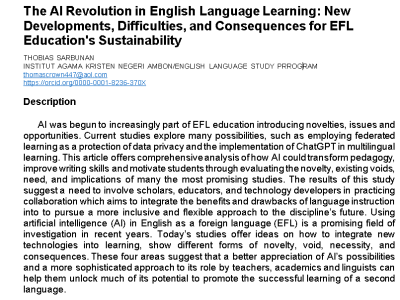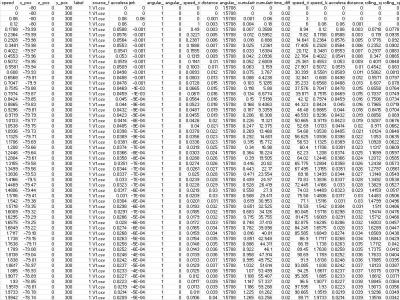
AI was begun to increasingly part of EFL education introducing novelties, issues and opportunities. Current studies explore many possibilities, such as employing federated learning as a protection of data privacy and the implementation of ChatGPT in multilingual learning. This article offers comprehensive analysis of how AI could transform pedagogy, improve writing skills and motivate students through evaluating the novelty, existing voids, need, and implications of many the most promising studies.
- Categories:



